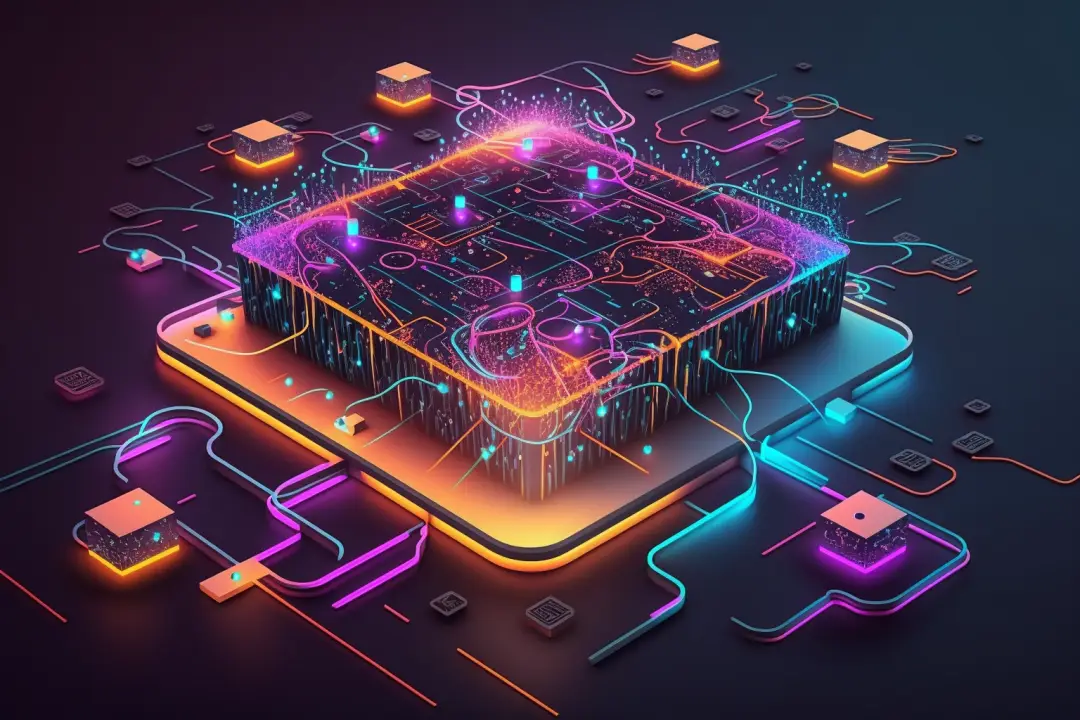Welcome to the Web3 world, where digital finance and applications are shown in a revolutionary way through the fusion of blockchain technology, cryptocurrencies, and a pioneering spirit. Are you overwhelmed by the wealth of terms in the Web3 world that you don’t understand? Are those slangs barriers for you to learn about Web3? Don’t worry! We’re here to explain the obscure terms to guide your learning. Today, we're diving into an exciting development in the world of Web3: [Circuit].
In the context of Web3 and cryptographic protocols, a circuit is a mathematical and logical representation of a computation that facilitates efficient and secure verification processes, such as in zero-knowledge proofs. It structures the computation into a sequence of logical operations, enabling systematic verification without revealing the data being processed. ●Arithmetic Circuits: These circuits represent computations as a series of mathematical operations (e.g., additions and multiplications), arranged in a structured format involving gates and layers, each performing specific tasks on the inputs to produce outputs.
Function in Cryptographic Systems
●Computation Representation: Circuits are integral to transforming complex computations into a verifiable format, such as a Rank-1 Constraint System (R1CS) in zk-SNARKs. This format allows the creation of proofs that verify the correctness of computations.
●Efficient Verification: By structuring computations in this way, circuits enable verifiers to check the correctness of a computation efficiently and accurately, without direct access to the underlying data.
Circuits are essential in the generation and verification of zero-knowledge proofs, particularly in zk-SNARKs and other privacy-preserving technologies. They help maintain confidentiality while providing a means to verify data integrity.
Circuits contribute to scalability in blockchain networks by streamlining the verification processes. By offloading the need for the main network to perform all computations directly, circuits allow for more transactions and interactions to be processed efficiently.
1.Input and Output: A circuit receives inputs, processes them through a predefined pathway of gates, and produces outputs. Each gate in the circuit represents a basic operation like addition or multiplication.
2.Gate Operations: The operations at each gate are determined during the circuit design and dictate how inputs are transformed as they pass through the circuit.
3.Output Verification: The final output can be used to verify that the inputs were processed correctly according to the circuit's logic, without needing to expose the specifics of the inputs or intermediate states.
●Privacy: Circuits allow for data processing and verification without exposing sensitive information, crucial for applications requiring confidentiality.
●Efficiency: They enable computations to be verified quickly and with less computational overhead, as the verifier does not need to replicate the entire computation.
●Complexity in Design: Designing and implementing effective circuits that accurately represent and process complex computations can be technically challenging and resource-intensive.
●Limited Flexibility: Once a circuit is designed, altering its structure to accommodate new types of computations or updates can require significant changes, impacting flexibility and adaptability.
Circuits in Web3 play a pivotal role in enhancing the security, efficiency, and scalability of cryptographic protocols, especially within zero-knowledge proof systems. By structuring computations in a way that allows for efficient and secure verification, circuits provide a foundation for advanced cryptographic applications. As blockchain technology continues to evolve, the use of circuits in new and innovative ways will likely expand, further enhancing the capabilities and applications of Web3 technologies.
